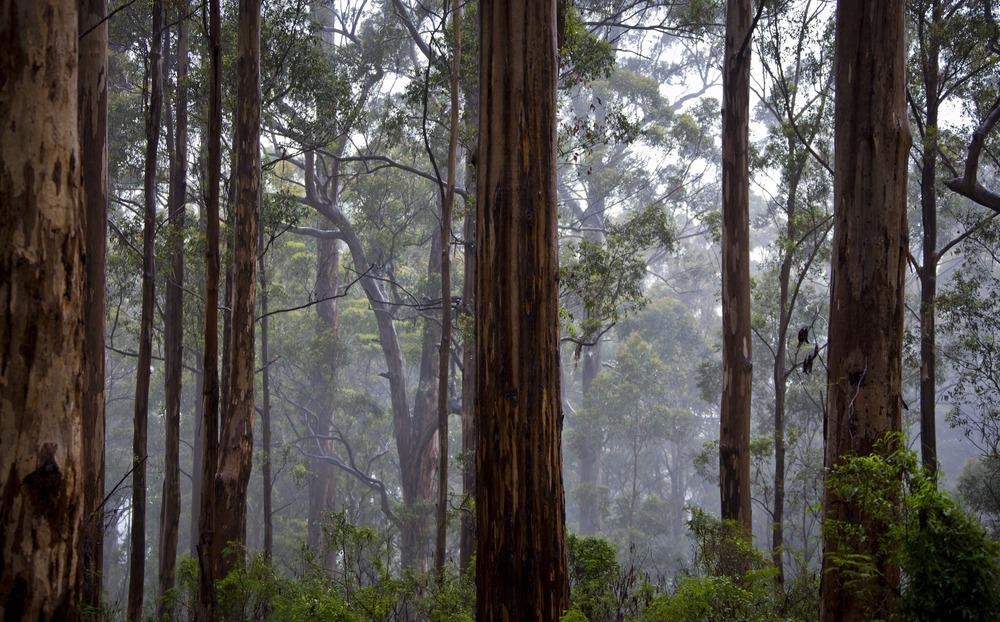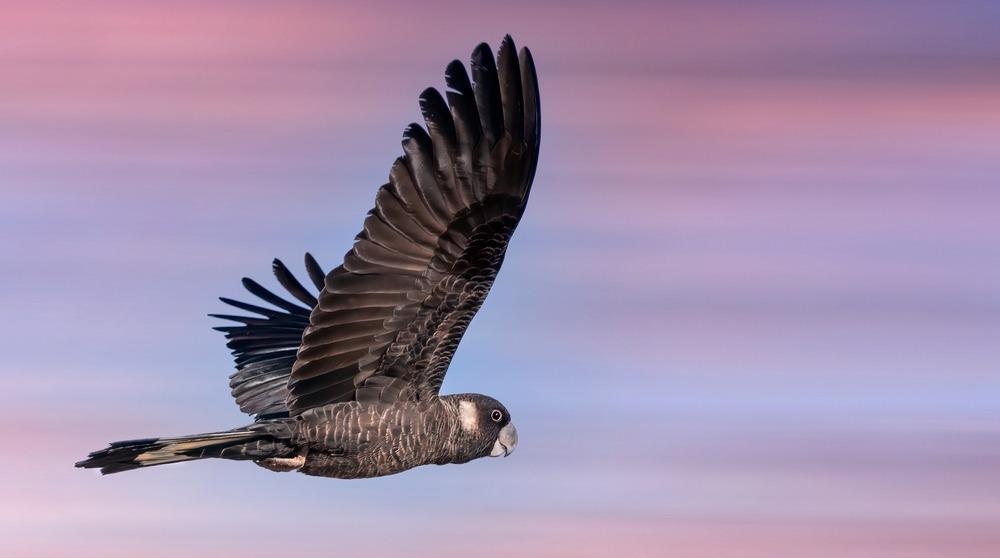In the Southwest corner of Australia, there is an ecological hotspot rich with endemic species. The diverse area comprises savannas, scrubs, shrublands, woodlands, and forests. There are pockets of fragile and ecologically important habitats that are under increased strain in their isolation from one another. The organization Gondwana Link helps to weave webs of connectivity to restore these ecosystems and protect threatened endemic species.

Image Credit: Jason Benz Bennee/Shutterstock.com
The far Southwest of Australia has a globally recognized biodiversity hotspot with rich species and environments. It is known as the Southwest Australia Global Diversity Hotspot. Uniquely, it includes a Mediterranean climate, home to distinct and diverse plants and wildlife. In the area, there are six sub-regions defined by the World Wide Fund for Nature (WWF) and Interim Biogeographic Regionalisation for Australia (IBRA); comprising various Mediterranean forests, woodlands, shrublands, savannas, and scrub.
However, the wildlife habitats within this hotspot are declining due to industry and farming, such as the use of fires to clear fields for sowing crops. Two-thirds of vegetation in this region faced desertification, leaving lands with less than 5-10% of original bushland left.
Threatened Wildlife and Habitats
In the Southwest Australia Global Diversity Hotspot, numerous birds and animals have declined and are now within smaller, isolated hotspots.
Researchers forecast that 50% of birds could be lost from these agricultural areas within 50 years. The Western Whipbird, for example, is nearly completely extinct in the main ‘Wheatbelt’ – an area that was converted to agriculture. Relying on an unburnt habitat, the Western Ground Parrot has reduced to a total population of only approximately 100 birds.
The Carnaby’s Cockatoo exists in critical biodiversity hotspots too. It is a large black cockatoo endemic to Southwest Australia. This bird is very important to the surrounding environment because it is considered a keystone species. The protection of its habitat will in turn protect many other threatened wildlife, including flora and fauna.

The Carnaby’s Cockatoo has an important role in its surrounding environment, with many species relying on its existence. Image Credit: imagevixen/Shutterstock.com
Enabling Ecosystem Connectivity with Gondwana Link
A major underlying issue in the region is ecological fragmentation, as ecosystems have become increasingly separated from one another, making it more difficult for species to support each other as part of a larger ecosystem.
Environmental consultancy, Gondwana Link, is building upon existing conservation areas of Australia to reconnect ecosystems from the wet forests in the far Southwest to the woodlands and scrubland vegetation (known as mallee) further inland.
Gondwana Link envisions a “reconnected country, from the karri forests of the far south-west to the woodland and mallee bordering the Nullarbor, in which ecosystem function and biodiversity are restored and maintained.”
Located in Asia and the Pacific, the territory that requires preservation makes up grasslands, shrublands, and savannahs, and is home to precious ecosystems.
Over 15,000 hectares (ha) are under restoration, with the goal of another 12,000 ha in the next 5 years. This will require the creation of a connected ecosystem network that supports biodiversity, providing a conduit for animals and plants to migrate across the landscape.
On Gondwana Link’s website, it explains that:
Even the largest patches of bush are unable to guarantee the survival or continued evolution of species if they remain isolated from each other within ecologically hostile landscapes where key ecological processes are no longer functioning.
Taking a Collaborative Approach
Ecosystems have further fragmented due to fire regimes that have been exploited in the landscape. Gondwana Link looks to mitigate these issues at scale by working directly with landholders and national parks to create major connections in the landscape, for the educational sharing of sustainable farming practices and the protection of endemic species.
Gondwana Link’s diverse collaborative community works across thousands of kilometers to restore marginal farmlands home to native plant species. The team encourages ecological and culturally sensitive practices such as bushland protection and fire management while supporting First Nations through community collaborations and project management.
Gondwana Link
Video Credit: Gondwana Link/YouTube.com
Gondwana as a Symbol of Reconnection
Gondwana Link is inspired by Gondwana – a supercontinent that began to break up around 180 million years ago during the Jurassic period. Once unified, the continent eventually split into landmasses we recognize today: Africa, South America, Australia, Antarctica, the Indian subcontinent, and the Arabian Peninsula. As a once-unified continent, it is clear to see how Gondwana could be a symbol of interconnectivity, which aligns with Gondwana Link’s ecological aims for well-connected pockets of biodiverse hotspots in Southwest Australia.
The overarching aims of the organization are to preserve the biodiversity of these habitats, mitigate climate change, and enable climate adaption in the environment.
Gondwana Link is the most exciting thing that is happening in restoration in Australia, if not the world.
Professor Richard Hobbs, University of Western Australia
Through the organization’s approach of making communicative connections with farmers, First Nations communities, landowners, and national parks, this will in turn allow habitats in Southwest Australia to reconnect while also becoming restored, helping to protect threatened endemic wildlife as a result.
References and Further Reading
Gondwana Link Restoring Ecosystem Connectivity in Australia [Online]. Available at: https://implementers.decadeonrestoration.org/implementers/3/gondwana-link-restoring-ecosystem-connectivity-in-australia
Gondwana Link – homepage [Online]. Available at: https://gondwanalink.org/
UNEP – homepage [Online]. Available at: https://www.unep.org/
Gondwana [Online]. Live Science. Available at: https://www.livescience.com/37285-gondwana.html
Carnaby's cockatoo [Online] Available at: https://blackcockatoorecovery.com/cockatoos-and-animals/black-cockatoos/carnabys-cockatoo/
Southwest Australia [Online]. World Wildlife Fund (WWF). Available at: https://wwf.panda.org/discover/knowledge_hub/where_we_work/southwest_australia/?
Wardell-Johnson, Grant; Wardell-Johnson, Angela; Bradby, K; Robinson, Todd; Bateman, Bill; Williams, K; Braun, K; Beckerling, J; Burbridge, Michael (2016). Application of a Gondwanan perspective to restore ecological integrity in the south-western Australian global biodiversity hotspot. Department of Environment and Agriculture. Available at: https://trove.nla.gov.au/work/209015714
Disclaimer: The views expressed here are those of the author expressed in their private capacity and do not necessarily represent the views of AZoM.com Limited T/A AZoNetwork the owner and operator of this website. This disclaimer forms part of the Terms and conditions of use of this website.